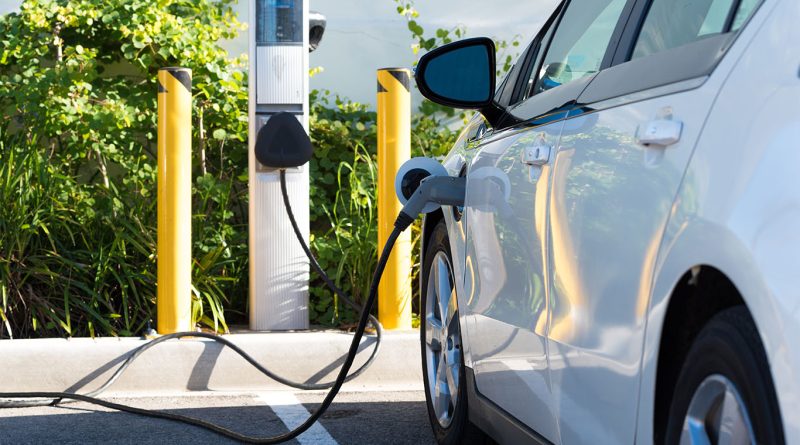Future of US electric vehicles uncertain as China surges ahead and incentives face cuts
Subscribe to our free newsletter today to keep up to date with the latest manufacturing news.
The electric vehicle industry in the United States is entering a period of uncertainty. With President Donald Trump signaling his intent to roll back electric vehicle incentives if elected, the already uneven path to electrification could become even more complex for American automakers. The US industry, once positioning itself to lead a global EV transformation, may find itself lagging as other nations, particularly China, continue to push forward.
For manufacturers that have spent billions scaling electric production and reworking supply chains, this political shift is not just a change in tone. It presents a potential turning point in how US companies approach the future of mobility.
China ramps up support while the US retreats
While the US debates the value of incentives, China is expanding its support. The government recently extended EV tax breaks through 2027 and continues to fund the buildout of charging infrastructure and battery innovation. With more than $70 billion committed, Chinese automakers like BYD and Nio are growing faster and exporting further.
China treats electric vehicles as a pillar of economic competitiveness. It has focused not just on domestic adoption but also on creating a global supply chain advantage. Chinese firms are offering lower-priced models in Europe and investing heavily in raw material processing, from lithium to rare earths.
The US, in contrast, risks ceding strategic ground. If federal support is cut, private capital and state-level efforts will need to fill the gap. This patchwork approach could slow progress just as international rivals accelerate their market share.
What the policy rollback means for American manufacturers
Automakers have made large commitments based on expectations of long-term federal backing. General Motors, Ford and others have pledged over $100 billion in combined EV investments. These efforts were built on the assumption that consumer incentives and infrastructure funding would continue to help shift the market.
Without those incentives, pricing becomes a major hurdle. Most EVs still carry a higher upfront cost than gas-powered models. Removing tax credits would force manufacturers to either reduce margins or risk losing price-sensitive buyers.
Tesla may be less affected in the short term. It has already passed the delivery thresholds for many federal credits and sells vehicles at high volume with a strong brand presence. However, the broader EV ecosystem, including battery suppliers and new entrants, would face pressure if adoption slows.
There are also broader signals to consider. Foreign investors watch US policy for cues about long-term industrial direction. Pulling back on EV support sends a mixed message at a time when consistency is critical for global investment planning. It could lead foreign automakers to reduce or delay US operations.
Strategic pivots emerging inside the auto industry
Faced with shifting political priorities, manufacturers are adjusting. Some have begun placing renewed focus on hybrid models. These offer a more incremental approach and require less charging infrastructure, which remains unevenly distributed across the country.
Battery sourcing strategies are also changing. The Inflation Reduction Act pushed companies to focus on domestic and allied-country materials. If those policy incentives are removed, sourcing costs could rise, or production could shift back overseas.
Even so, companies are not stepping away entirely from electric goals. Ford and GM are still building battery plants in North America. Partnerships with mining and materials firms are continuing. While the pace may change, the direction remains clear for many in the industry.
At the state level, places like California, New York and Michigan are continuing to fund EV adoption. These markets, while smaller than federal programs, offer some stability. Globally, Europe and Asia remain important growth regions for US automakers that can export or operate across borders.
Sources:
